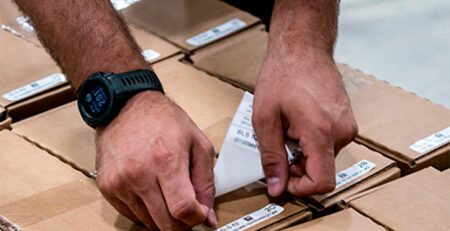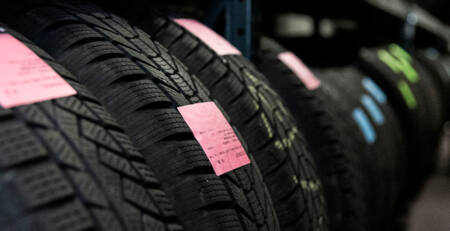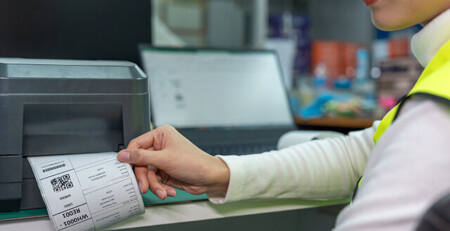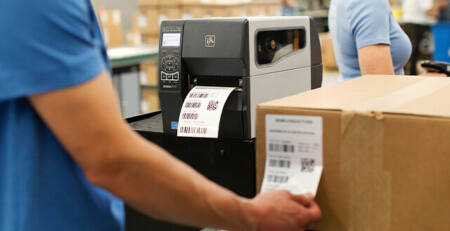Thermal vs. inkjet label printers: Which technology is best for you?
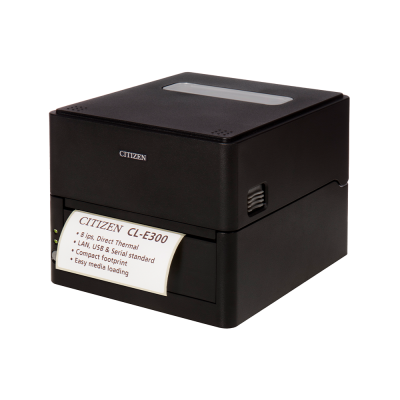
How thermal label printers work
Thermal label printers use heat as a printing technology, making them particularly suitable for environments that require high reliability and low maintenance. There are two methods: direct thermal and thermal transfer. The direct method creates prints by heating a sensitive label material, where the paper itself reacts to the heat and forms the print. This method does not require ribbon, but is limited to short-term labeling as the material can fade over time.
Thermal transfer, on the other hand, uses a ribbon where heat transfers dye from the ribbon to the label. This gives a more durable result and the ability to print on different materials such as plastic and synthetic surfaces. The technology is characterized by precision, resistance to wear and tear and long durability – especially relevant in logistics, production and retail, where labels need to withstand handling, temperature fluctuations and moisture.
This type of label printer requires minimal maintenance and because the technology is based on heat and not ink, the risk of downtime due to dried-out consumables is reduced. This makes them suitable for continuous printing in environments where speed and reliability are prioritized.
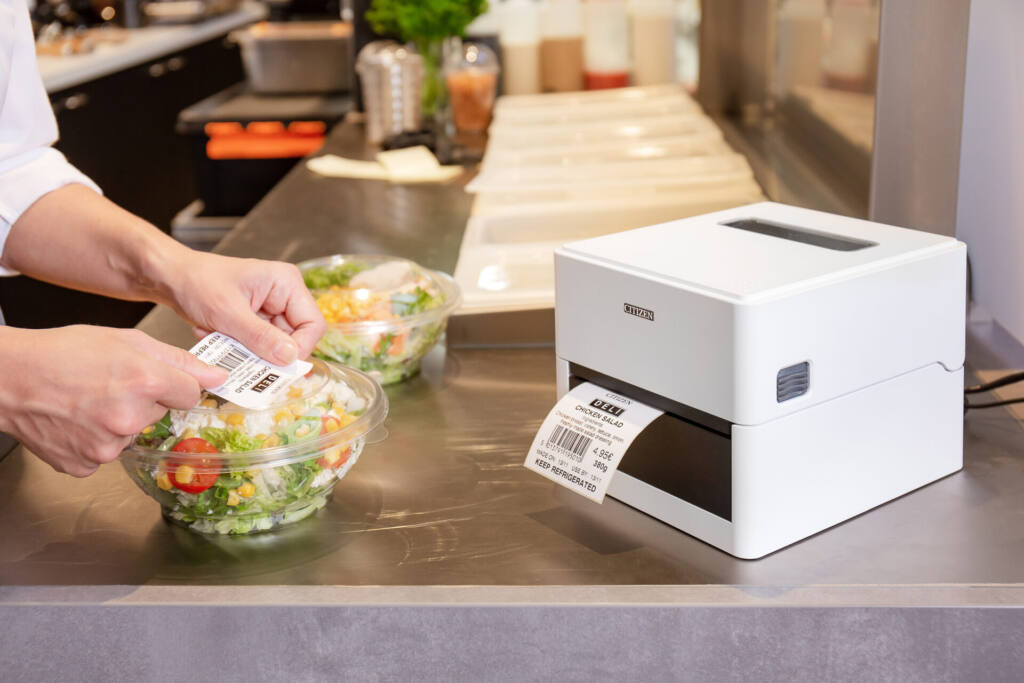
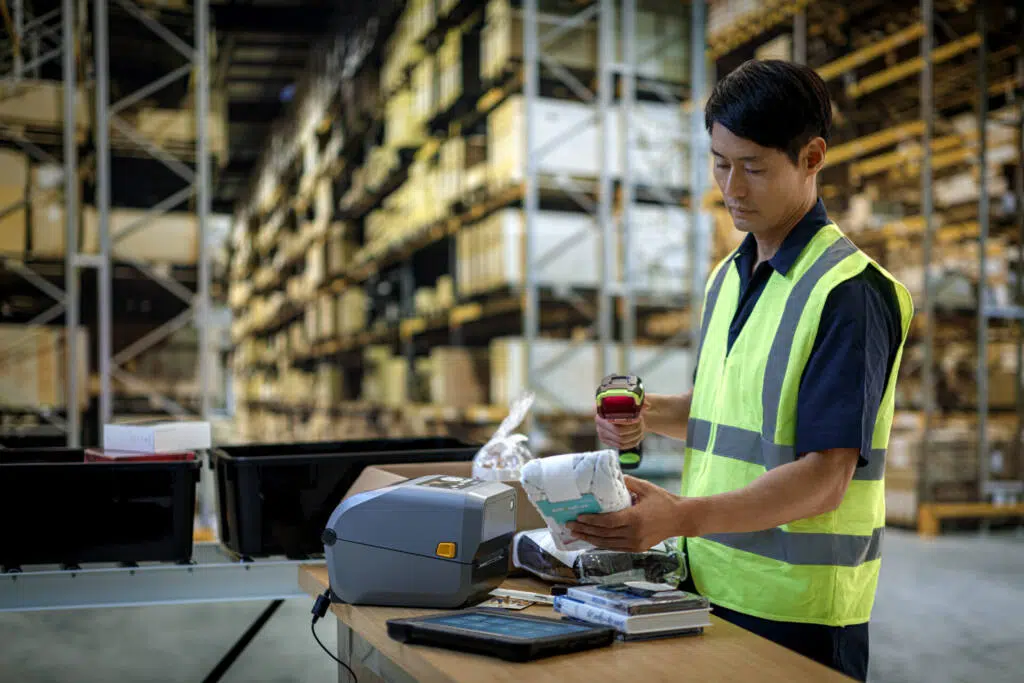
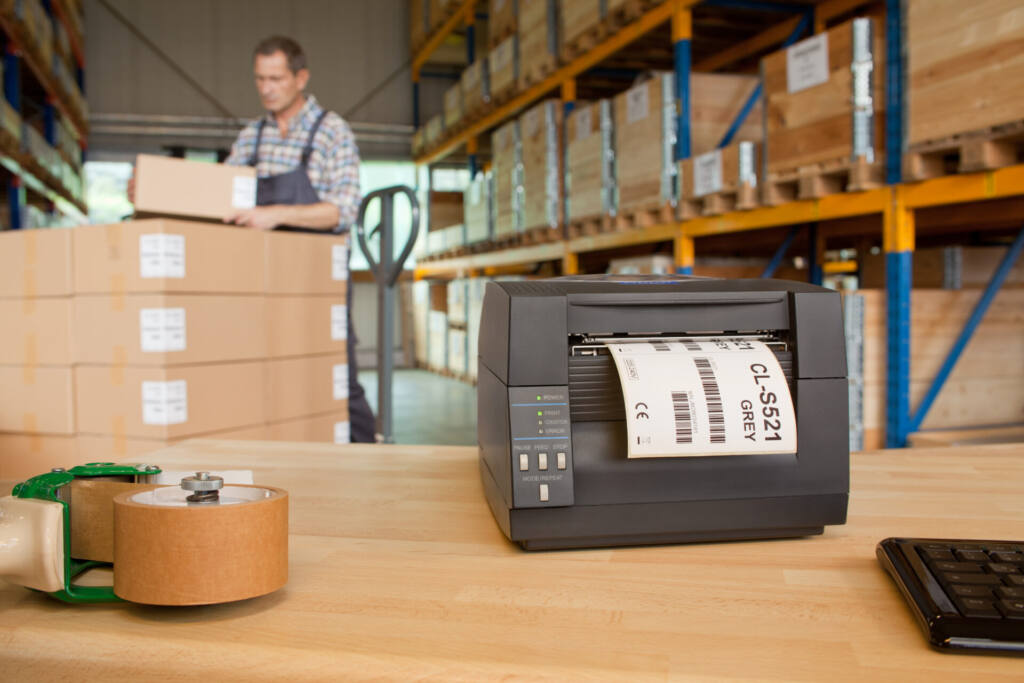
How inkjet label printers work
Inkjet label printers work by spraying microscopic drops of liquid ink directly onto the label surface. The printing is done at high resolution, making the technology suitable for labels that require detailed graphic elements, color grading and sharp typography. This is especially true for product labels where visual expression is important for presentation.
This type of printer usually uses pigment or dye-based inks and requires materials with special surface treatment for optimal adhesion and drying. This makes the technology less flexible in terms of media types compared to thermal solutions. On the other hand, inkjet printing enables a high level of design freedom and color control – even in short runs.
As the technology relies on ink, factors such as cartridge drying and the need to clean the printhead can affect operational stability. Therefore, inkjet label printers are often used in environments where aesthetics and branding are more important than print speed and durability. Typical applications include custom labels, sample packaging and design samples where visual appearance is prioritized.
Comparison: Which technology is suitable for what?
When choosing between thermal and inkjet label printers, the decision largely depends on the application situation, material requirements and the desired look and feel. Below are key differences that can help clarify the technology choice:
- Print volume: Thermal label printers handle large volumes of labels continuously without frequent maintenance. Inkjet is better suited for smaller print runs with a focus on graphic precision.
- Material types: Thermal transfer enables printing on a wide range of media including plastic and synthetic labels. Inkjet requires media-specific surface treatment for optimal adhesion.
- Color requirements: If the labels need to be colorful and branded, inkjet offers the greatest creative freedom. However, if the need is black and white or single color, thermal printing is more robust and economical.
- Durability: Thermal printing is less sensitive to light, moisture and temperature, making it ideal for labeling in demanding environments. Inkjet labels should primarily be used in indoor and controlled environments.
- Maintenance: Inkjet requires regular cleaning of printheads and monitoring of ink status. Thermal printers require less manual intervention and are therefore more reliable under high load.
Technology choices in practice: Inventory management and traceability
The choice of label printer affects not only print quality, but also the processes that depend on accurate and consistent labeling. In inventory management, labels play a structural role in connection with barcodes, location codes and batch identification. There are requirements for readability, resilience and print stability – especially when labels are exposed to friction, changing temperatures or moisture.
In fast-paced environments with real-time traceability requirements, thermal label printers often provide the most reliable solution. They require no drying time and the material can be selected according to the duration of use and environment. However, for short runs and visual identity applications where the label needs to be visually eye-catching, inkjet label printers offer a flexibility in color and design that is not possible with thermal technology.
When choosing a technology, it should be based on the function of the label: will it survive in a freezer, be scanned on a conveyor belt or create awareness in the store? The answer lies not in the printer itself – but in the way it supports your business operations.

